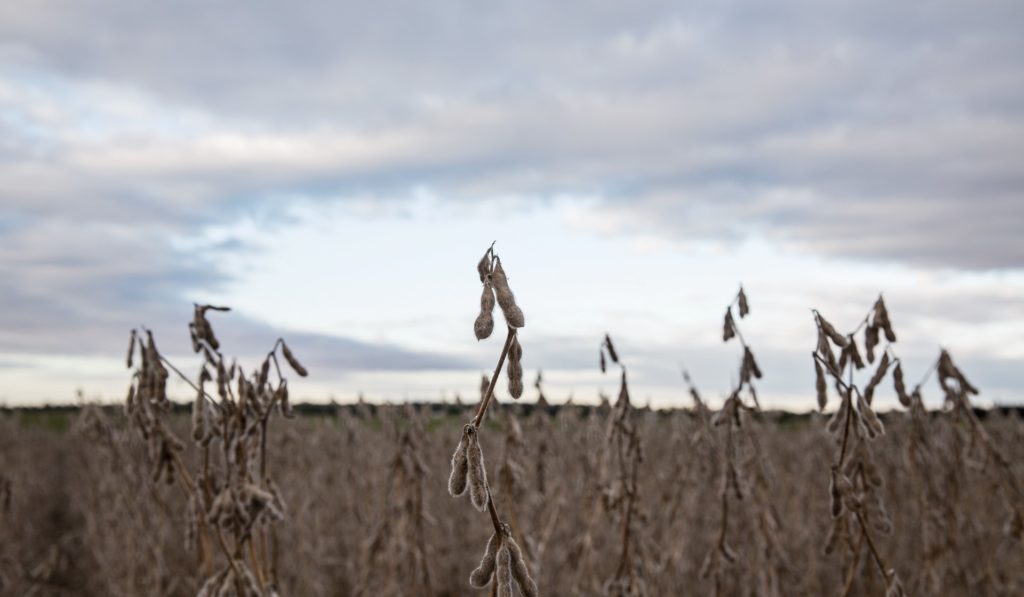Bean Boom Or Bust: Brazil’s Battle to Be Soybean King
Once upon a time, American soybean growers were largely unchallenged as the world’s top producers. In the 1960s, they controlled 80% of the global soybean market. Today, Brazil has closed the gap—combined, it and the U.S. are now responsible for...

Bean Boom Or Bust: Brazil’s Battle to Be Soybean King
Once upon a time, American soybean growers were largely unchallenged as the world’s top producers. In the 1960s, they controlled 80% of the global soybean market. Today, Brazil has closed the gap—combined, it and the U.S. are now responsible for...
Once upon a time, American soybean growers were largely unchallenged as the world’s top producers. In the 1960s, they controlled 80% of the global soybean market. Today, Brazil has closed the gap—combined, it and the U.S. are now responsible for 80% of the world’s soybean exports, according to 2016 data from the USDA.
Tom Kentner, a director with the Illinois Soybean Association (ISA) in Vermilion County and longtime AGCO owner and operator, believes competition between the two countries will continue to increase, even with Brazil’s recent economic troubles and serious obstacles presented by the country’s need for additional infrastructure. However, he notes, demand for soy remains on the upswing.
Last winter, Kentner traveled to China, where soybeans have become a major source of protein in the Asian diet. “China’s demand is going to continue to grow,” he adds.
To capture such markets and grow share, Kentner believes U.S. farmers need to be proactive. “[The ISA] is continuing to reach out to markets and find out what end users need,” he says.
In addition to a perhaps friendlier, tropical growing climate, Brazilian producers have another advantage over North Americans—land that is less expensive overall. A major stumbling block for Brazil, however, is infrastructure. “During the last 30 years, many farmers went broke trying to survive the bad logistics for transportation, a lack of crop insurance as Americans and Europeans have, and bad support from local and federal governments,” explains Brazilian farmer Ricardo Manoel Arioli Silva. “The pioneering price was very high.”
Yet, despite such hurdles, Brazil is a competitor that’s within striking distance. “We all expect a better transportation system in the coming years,” Silva says. “New river ports and waterways are in development right now in the north and northeast region. We believe we will have better freight prices and more competition after these new corridors are in place.”
“Everybody believes Brazil will be No. 1 in the world’s soybean production,” Silva remarks. “Brazil is the only place that [can] increase production area over pastureland. It’s just a matter of time.”
On the other hand, Kentner feels American soybeans represent “a stable, reliable supply of high quality.” The U.S. also benefits from a “vast infrastructure system,” he says, though he’s quick to point out that system needs upgrading.
“We’ve not been putting money into locks and dams on the Illinois and Mississippi rivers,” he adds. “We need to be funding infrastructure improvements to keep ahead of our competition.”
Still, Kentner believes that as long as American farmers remain proactive they’ll continue to hold a competitive edge. “The U.S. is able to supply the beans when countries are looking for them,” he explains. “The U.S. is a global leader in soybean production.”
To read this story in its entirety, see Bean Boom Or Bust: Brazil’s Battle to Be Soybean King.



